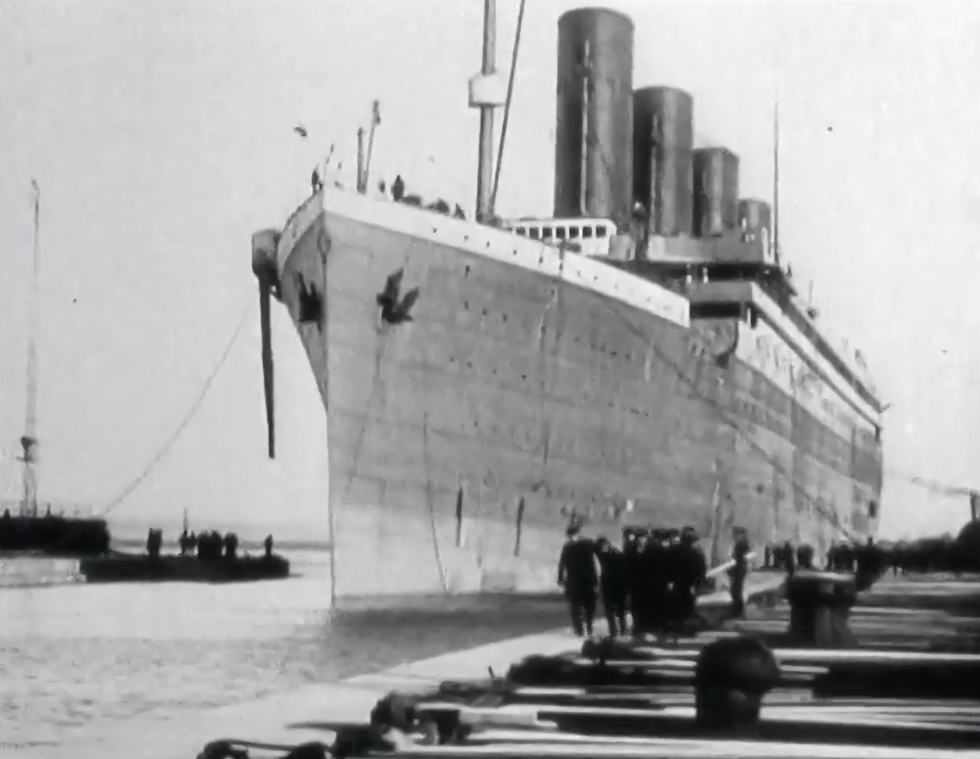Lost 'Titanic of the Alps' sat 210m underwater set to re-surface after nearly 100 years

A ship known as the 'Titanic of the Alps' is set to re-surface after nearly 100 years underwater
|Wikimedia Commons

The Säntis was deliberately sunk in 1933 after being deemed too expensive to run
Don't Miss
Most Read
Latest
A shipwreck known as the “Titanic of the Alps” is set to re-surface after nearly 100 years submerged at 210m below water.
The Säntis, a passenger ferry, was deliberately sunk in 1933 in Lake Constance on the Swiss-German border after she was deemed too expensive to run.
Despite being under the water for over 90 years, its hefty depth has meant that the ferry has been well-preserved due to the darkness and lack of oxygen.
She will now see the light of day again after the Ship Salvage Association (SSA) were permitted by Swiss authorities to raise it from the waters.

The ship has been compared to the Titanic, which infamously sank in 1912, killing 1,500 people
| PASilvan Paganini, president of the SSA, said: “We want to present to the public what we have here. What a monument we have from our predecessors. That is the main goal.”
He added: “It’s in really good condition. We have here a freshwater lake, it’s really deep, it’s very dark there, it’s not much oxygen, so it’s really well conserved.
“You can still see the paint and read the letters on the side of the ship.”
The Säntis is often compared to the Titanic, which sank in the North Atlantic Sea two decades earlier.
LATEST DEVELOPMENTS:
Both ships sank in the water with their huge sterns rising out of the sea.
There are also similarities in their design, with both vessels using a unique three-cylinder steam engine.
The Säntis , which is due to be dragged up next month, could carry up to 400 passengers and sailed across Lake Constance for 40 years.
It was commissioned 20 years before the famous boat sunk, which saw around 1,500 people die.

The Säntis, a passenger ferry, was deliberately sunk in 1933 in Lake Constance
|Wikimedia Commons
Explaining why the Säntis was sunk, Paganini said: “The ship was the first one to transfer from coal to an oil-driven engine, and it was a disaster economically.
“They even discussed that it was so bad that they wanted to go back to coal. The ship was sunk because it was not used, and not needed anymore.”
He said that due to the Great Depression that was occurring when the ship was sunk in 1933, the vessel was stripped for parts and resources before it scuttled.
For years, the ship lay at the bottom of the ocean forgotten to the world. However, in 2013, she was rediscovered and a crowdfunding project raised over £180,00 to bring her back to the surface.










